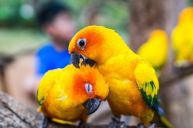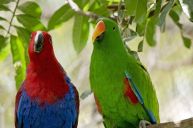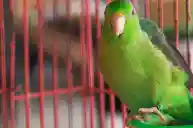Thought you knew Big Bird? Think again.
Parrots are popular, particularly those who can fly and talk. Many parrots are smaller though, especially if humans with limited space adopt them. After all, it's pretty hard to keep a large bird in your home. That said, the Hyacinth Macaw takes being a big bird to a whole new level. Also known as the Hyacinthine Macaw or the Blue Macaw, this is the largest bird in the macaw family, and the largest of the flying parrot species.
One of the most notable characteristics of the Hyacinth Macaw is the stunning cobalt blue color all over its body, with a ring of bright yellow around its eye and the same color yellow at the base and the corners of its beak — This is why it is often referred to as a blue macaw.
Native to the semi-open wooded habitats, grasslands, and tropical wetlands in Central and South America, the hyacinth survives today in three main populations in Brazil: the Pantanal region, the Cerrado region (eastern interior), and the eastern portion of the Amazon Basin. However, there are smaller populations scattered throughout South America.
A Threat To the Hyacinth Macaw Population
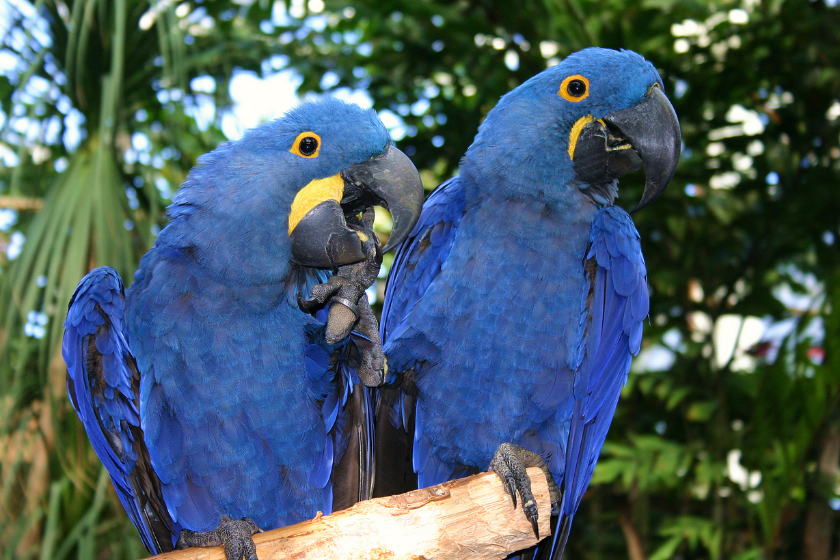
Being popular isn't always a good thing. Hyancinths are extremely popular as pets, but this popularity coupled with their slow development and massive habitat loss has threatened the population with eventual extinction. Conservation efforts to help the species are underway, including those by the World Wildlife Fund, the Minnesota Zoo, and BioBrasil, and Brazil's Hyacinth Macaw Project in the state of Mato Grosso do Sul. In addition, the species is now protected by law in Bolivia and Brazil.
Hyacinth Macaws as Pets
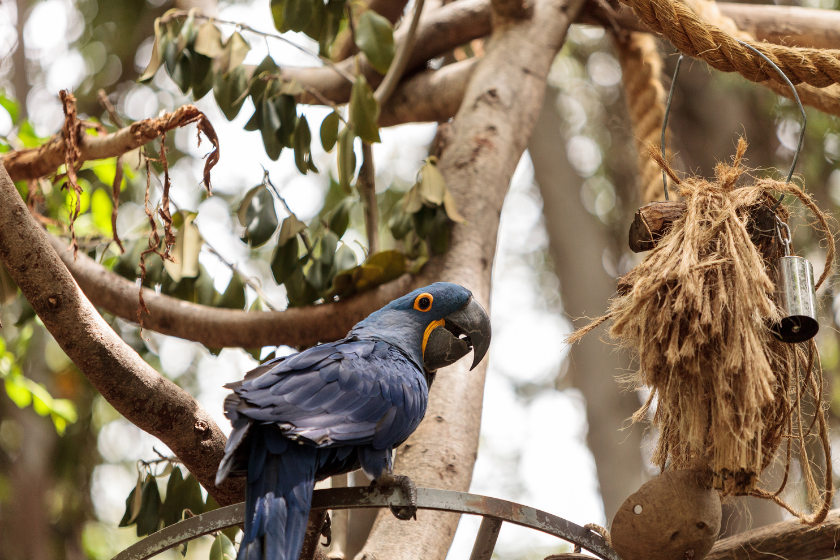
Hyacinths are known to be relatively even-tempered birds. Anecdotally known as gentle giants, these parrots can make fine pets for highly experienced bird owners. Hyacinth macaws are intelligent birds, and have shown a facility for limited tool use both in captivity and in the wild. They can also learn to talk but are not among the parrot world's best talkers. They are complex creatures, and without proper socialization and ample room to roam and exercise, they can become neurotic and even aggressive.
Hyacinth macaws are not appropriate pets for first-time bird owners. Their lifespan in the wild is between 50-60 years, and they can live even longer in captivity, if well cared for.
While they can make good pets in the right circumstances, they can be nippy, and are loud. Hyacinths require large, sturdy housing and lots of toys and branches to climb and chew on, as they are prone to overgrown beaks. These social birds require daily interaction, and may resort to self-mutilation and other destructive behaviors if left without company. Remember that you need a lot of space as this macaw species can be a handful.
Diet and Health Problems
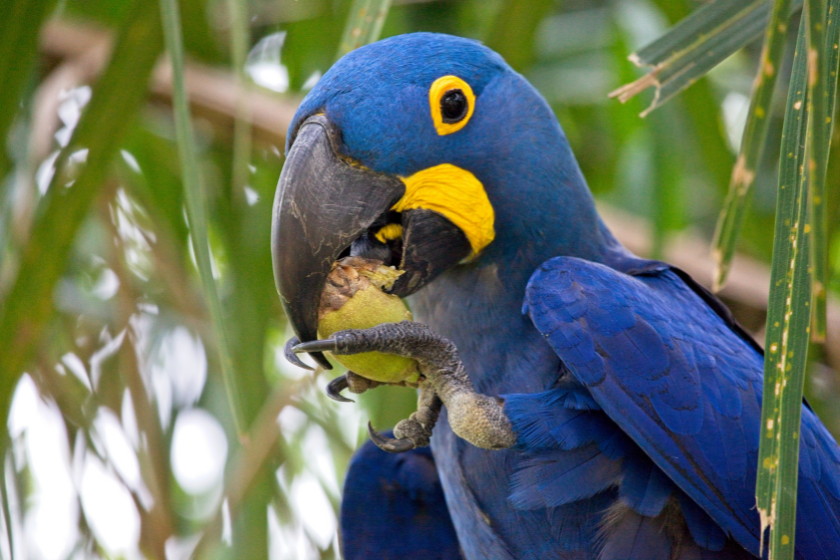
If you do plan to bring home a Hyacinth Macaw then you must be familiar with the macaw wasting disease. This digestive disorder in birds is a proventricular dilatation disease, which is due to a viral infection and can be fatal.
The Hyacinth Macaw diet is Brazil nuts, from native palms, such as acuri, palm nuts, and bocaiuva palms. They have very strong beaks for eating the kernels of hard nuts and seeds. Their strong beaks are even able to crack open coconuts and macadamia nuts.
In short, the Hyacinth Macaw is potentially a wonderful pet, but one that requires a major commitment of time and energy from an experienced bird owner, who should also be prepared to shell out thousands of dollars for the initial purchase of one of these rare and majestic birds.
Do you own a Hyacinth Macaw? Tell us on the Wide Open Pets Facebook page!
This article was originally published on December 14, 2018.
READ MORE: Is Getting Pooped On By Birds Actually Good Luck?

